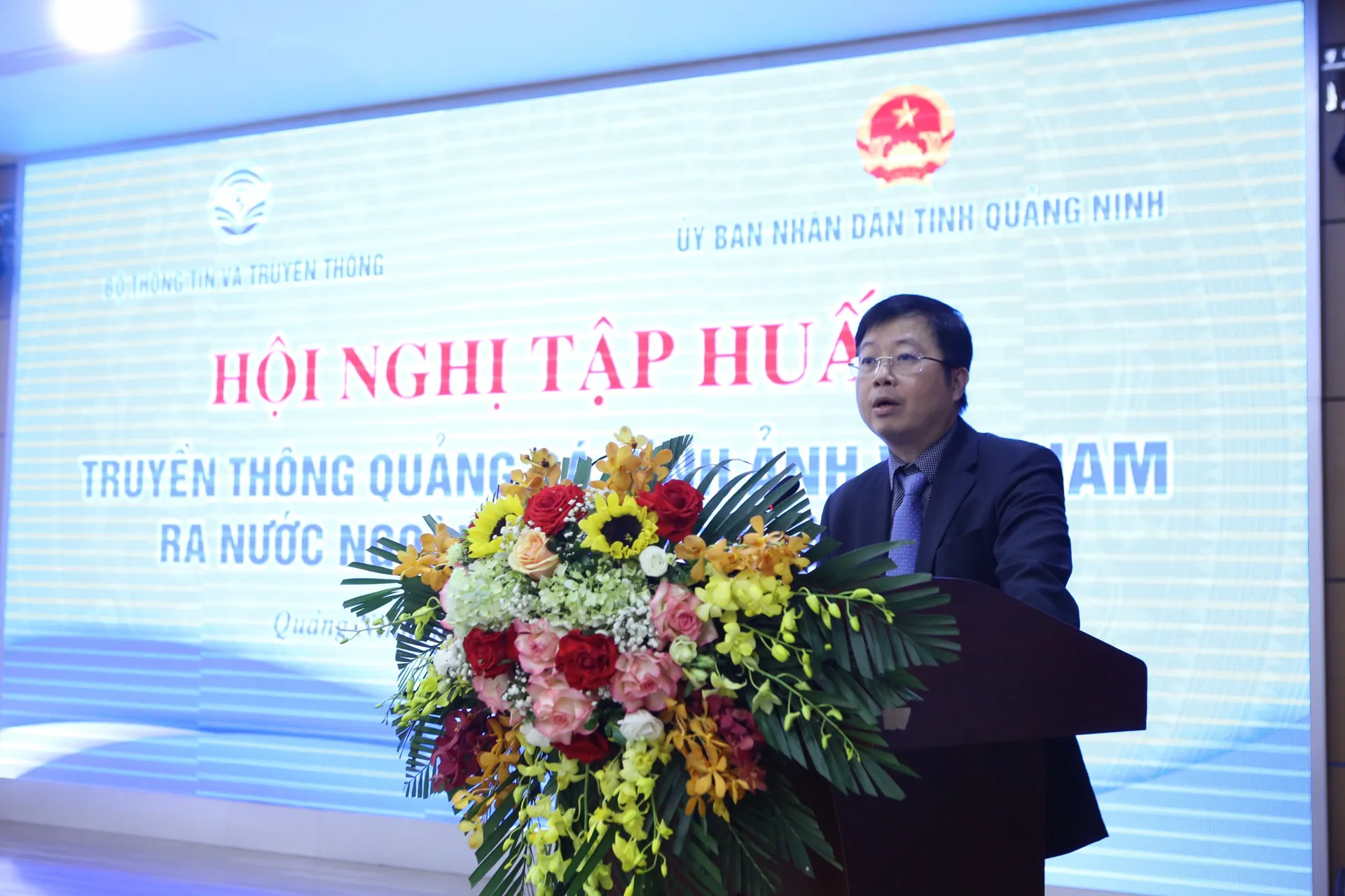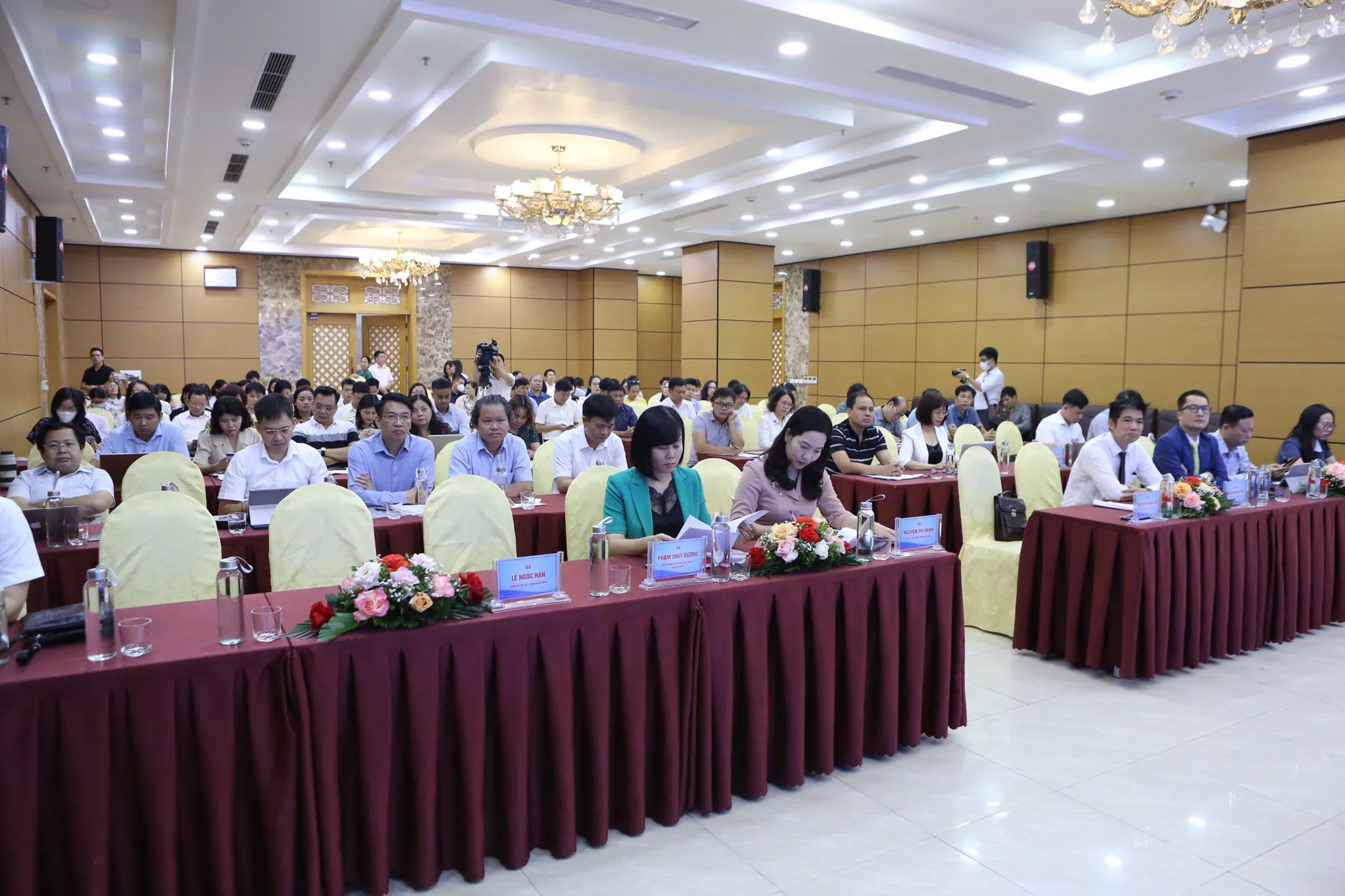Localities to play key role in national image building
Experts have said that the communication of the national image is to promote the localities' strengths, advantages, and values.
Localities will play a key role in external information to promote the image of Vietnam abroad, said experts at a two-day training workshop on communication skills opened in Ha Long City, the northern coastal province of Quang Ninh, on September 22.
The workshop is jointly organized by the Ministry of Information and Communications and Quang Ninh People’s Committee, attracting hundreds of communication leaders and staff from 27 departments of Information and Communications and reporters from various newspapers in the northern and central regions of Vietnam.
At the workshop, experts shared their experiences to promote external information in a new way and gave solutions to inform what the world wants to know about Vietnam, which is similar to criteria ranked by international organizations.
Experts said that the national image “is an overall image or a combination of impressions about a country or a locality formed by various factors such as socio-economic development, cultural and historical values and products. These values of 63 cities and provinces nationwide will create the brand of Vietnam. Therefore, the communication of the national image is to promote the strengths, advantages, and values of the localities.
| Deputy Minister of Information and Communications Nguyen Thanh Lam makes a speech at the workshop. Photos: Thai Van Bo |
At the opening ceremony, Deputy Minister of Information and Communications Nguyen Thanh Lam said the new situation requires a new, proactive, creative, positive, and effective way of doing things. External information needs to make a breakthrough in this spirit.
“Communication to promote the national image is a major content of external information work, which requires urgent work in a new way, creating an innovative, proactive and positive step, going ahead in communicating what the world needs and wants to know about Vietnam,” Lam said.
Lam said the new way of communication would be based on a systematic communication framework, helping the world realize the images of Vietnam quickly. The framework will also support diplomatic activities, tourism, trade, attracting foreign investment, improving the national competitive advantage, and serving the country's socio-economic development.
He said his ministry would conduct a pilot training program for eight localities, including five major cities of Hanoi, HCM City, Cantho, Danang, and Haiphong, and the provinces of Quang Ninh, Thua Thien Hue, and Ba Ria - Vung Tau, where have diverse economic and cultural bases.
The program would be synchronously developed nationwide by 2025,” Lam said.
President of MVV Entrepreneur Academy Nguyen Thanh Son, an experienced international expert in branding and communication, introduced a communication content framework, which consists of 22 factors, including political stability, friendly environment, health and education, favorable business environment, hi-tech, infrastructure, culture, arts and heritage, tourism activities and cuisine.
“The communication practitioners will have to cultivate knowledge and be willing to learn for their audiences, especially the young generation (Gen Z), who are quick learners, grasping trends and digital media very quickly,” Son said.
We use non-traditional information channels such as Zalo, Facebook, Youtube, and Twitter... This is an effective means of external communication in the context of globalization,” he added.
Nguyen Thu Giang, a representative from the Hanoi Department of Information and Communications, told The Hanoi Times that the capital city had paid particular attention to promoting the image of Hanoi via external information channels, which the information staff will have to go ahead with specific activities.
Giang said the department is in charge of coordinating with press agencies in sharing and exchanging information to propagate the potential, strengths, and images of Hanoi and its people and events.
In response to the new situation, Giang said that Hanoi's communication work should be more proactive, organized, and systematic.
“We expect to develop digital tools to help localities realize their full potential and available resources, building and developing the capital city's beautiful image to international friends,” said Giang.
| Learners are representatives from departments of Information and Communications in the northern and central cities and provinces of Vietnam. |











